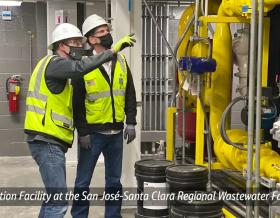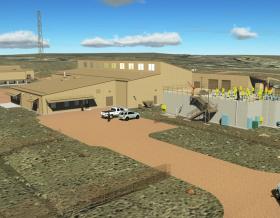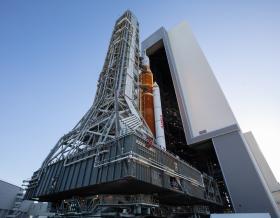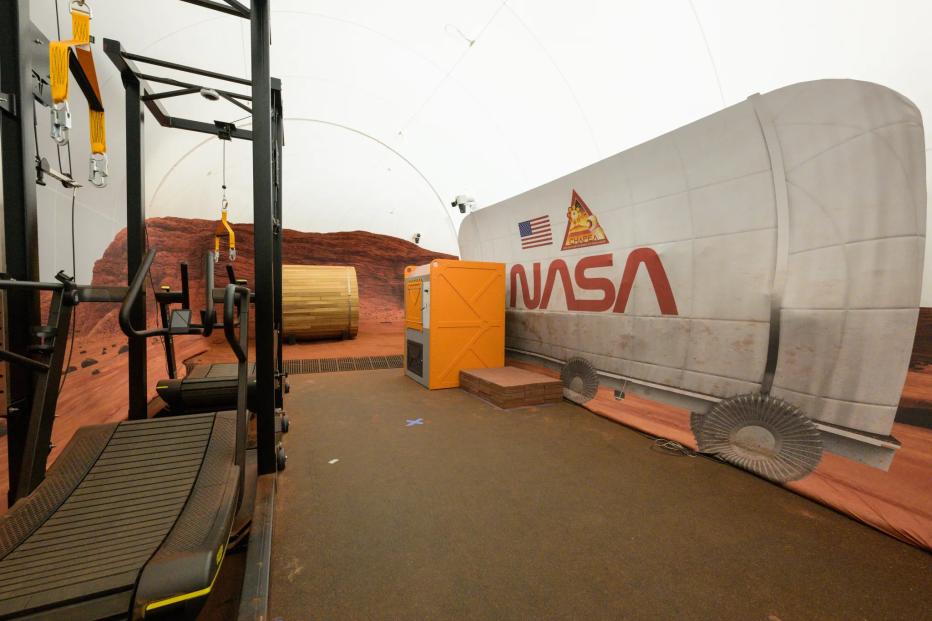
Photo courtesy of NASA
Jacobs has been working alongside NASA and additional subcontractors on the first-of-its-kind ground-based 3D printed Mars habitat for the Crew Health and Performance Exploration Analog (CHAPEA) to simulate long-duration exploration missions lasting approximately one year. The mission observes and collects data on human health and performance of a four-person crew in a simulated Mars environment to prepare for the ultimate goal of the Artemis mission – sending astronauts to Mars. The first CHAPEA mission began in June 2023 and has recently surpassed 200 days of activity, a significant milestone for the crew and support teams.
There are countless tasks to develop a new habitat at NASA’s Johnson Space Center (JSC), and it took more than two years to prepare for the first mission.
“It takes a lot of effort to execute a complex, scientifically valuable project like this,” says Jacobs’ CHAPEA Project Manager Michael A. Cabrera, who joined Jacobs in 2007 and supports the NASA CHAPEA Project Manager. “Nothing quite like this has ever been done, and our team is learning every day just how much effort this project entails.”
As the Jacobs project manager, Michael helps lead the CHAPEA operations team throughout CHAPEA’s development, from initial habitat build-out, hiring engineering and safety staff, and training and overseeing the in-mission operations.
Jacobs is the prime contractor for the JSC Engineering, Technology and Science (JETS) II contract, supporting the Engineering Directorate and the Exploration Integration and Science Directorate. With more than 1,600 employees on the JETS II contract, Jacobs works with NASA to achieve their collective mission objectives for the future of human space exploration.
CHAPEA represents an important milestone in furthering human space exploration. Jacobs has played an integral supporting role in making this achievement a reality with key milestones and accomplishments, including:
- Recruiting, hiring, developing training materials, and training cross-functional staff to support 24-hour operations in CHAPEA’s dedicated Mission Control Center.
- Monitoring the crew from the mission control, 24/7 through the one-year mission, to ensure the crew’s safety.
- Supporting the training of the crew members prior to mission start.
- Developing custom signage, artwork, and overall aesthetics for the Mars habitat, including the crew quarters, Mission Control build-out and media area.
- Outfitting the Mars habitat with the proper hardware, software, networking, and necessary devices to ensure proper security and stability.
- Developing a custom IT infrastructure to simulate the critical Mars realistic time delay across all IT assets that the crew interacts with.
- Manufacturing and fabricating numerous custom hardware pieces to finish out the habitat and providing soft goods and structural soundproofing to enhance the crew’s experience further.
- Identifying potential safety and hazard mitigations to help preserve the well-being of current and future crew members.
- Establishing content to engage the crew within the simulation, including working with the scientists and operational team to develop the crew’s timeline, developing non-virtual reality extravehicular activities, science and engineering Mars realistic tasks, habitat maintenance tasks, and dust mitigation protocols. Many of these tasks required close collaboration with other JSC experts and experts at other Agency centers including Ames Research Center and Marshall Space Flight Center.
“NASA pushes the limits of human space exploration, and CHAPEA represents an important step in the journey to send humans to Mars,” says Jacobs Vice President and JETS II Program Manager Dr. Joy Kelly. “Jacobs’ work on CHAPEA is a significant example of the diverse expertise we bring to support the NASA mission today and into the future.”
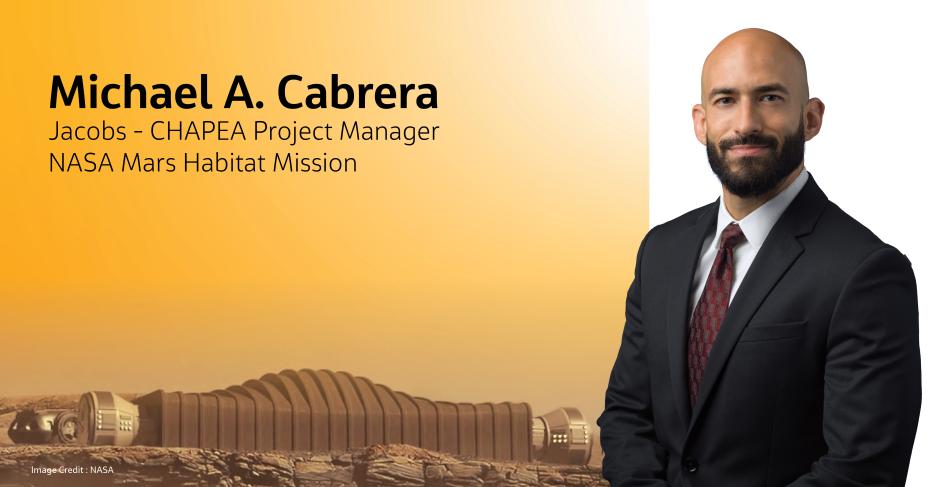
About space exploration at Jacobs
For more than 60 years, Jacobs engineers, technicians, and scientists have provided integrated solutions to help solve the complex challenges of space exploration. With a global web of resources and more than 5,000 employees supporting multiple NASA centers, other government users, and industry partners around the United States, the Jacobs team can provide advanced engineering, research and operations support.



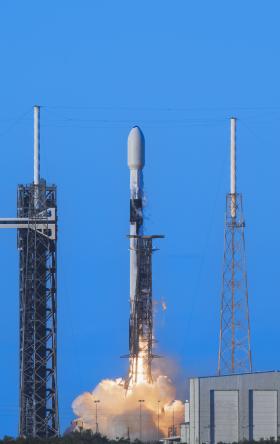








2c4e.jpg?h=c7c14dee&itok=FmPI2126)




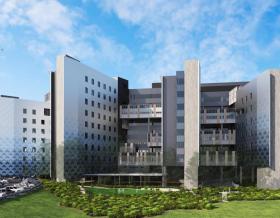

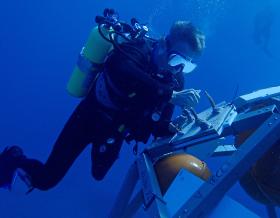











_0ac2b.jpg?h=8a6d63f3&itok=5vsqFiQH)

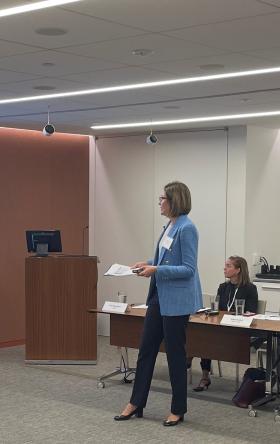

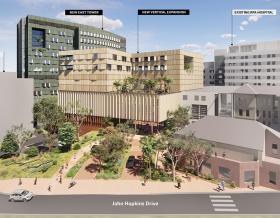





2747.png?h=1314d3d4&itok=rFs9mG95)

